Leave The Leaves This Fall
By Leah Wells

Once leaves fall to the ground, leave them be! Deciding not to rake, blow, and dispose of your leaves not only benefits native wildlife but provides nourishment to your garden and lawn.
By Leah Wells

Once leaves fall to the ground, leave them be! Deciding not to rake, blow, and dispose of your leaves not only benefits native wildlife but provides nourishment to your garden and lawn.
Diane Cook, CWF volunteer
As a volunteer for Conserve Wildlife Foundation of NJ and NJ’s Wildlife Conservation Corps I monitor bald eagle, osprey, and kestrel nests for the state. Kestrel monitoring is new to me this year. They are North
America’s smallest falcon. I enjoy watching them hunt, hovering over the grasslands
and open fields. Monitors watch and record milestones of the nesting season. Fledge
Day is the end of our season and what we hope to witness.
Friday – I knew the chicks would be fledging soon, and hoped I had not missed it. I sat in
my vehicle and watched for just over 3 hours! I could hear noise from inside the box as
wings were being flapped and exercised. For the longest time, I thought one had
already fledged since I was just seeing one perched in the box opening.

By Sherry Tirgrath
Ground-nesting birds in New Jersey face many difficulties and threats that most other birds typically do not struggle with. Joey and Hamlet, the piping plover pair at National Guard Training Center in Sea Girt, were not exempt from those hardships this nesting season. We know our readers have been waiting for an update on the pair, and as a warning, their story did not end well this year. Joey lost his mate, Hamlet, to a predator attack just days before their chicks would hatch. Her body was found not far from their nesting site- evidence pointing to a bird of prey taking her out. Piping plovers and other beach-nesting birds can be easy targets for owls and falcons. They incubate their nests out in the open without the cover of dense vegetation. Man-made structures along the NJ coast often serve as roosts for raptors to monitor an area and pick out vulnerable prey. Hamlet was, unfortunately, a victim of nature taking its course, and Joey was left to rear the chicks on his own.

by Christine Healy
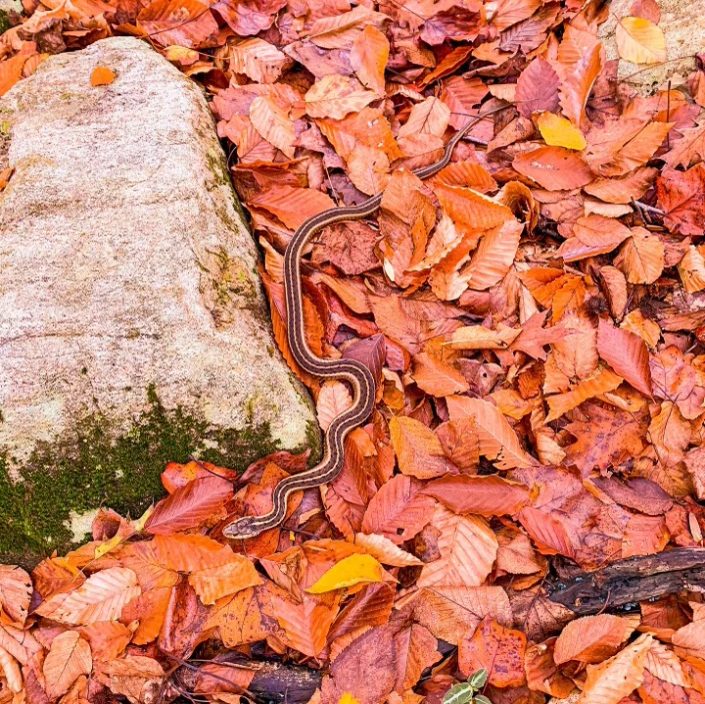
July 16th is World Snake Day! This day of recognition was established to increase awareness
and raise appreciation for these most polarizing of creatures. People tend to have an extreme
opinion when it comes to snakes; They are loved and revered by some, loathed and vilified by
many. Mythology, religion, and pop culture are riddled with snake imagery and, though these
media sometimes align them with healing, transformation, and fertility, they often proliferate a
connection between them and evil intentions. Whether learned or not in Greek legend, the
Medusa, with her living locks, is universally recognizable and her beheading is counted among
the greatest achievements of the hero, Perseus. Norse stories give us Jörmungandr, the
serpent son of Loki, hated by and responsible for the death of his uncle, the beloved god Thor.
The Bible symbolizes the devil himself as a snake in the Garden of Eden and, in this form,
provides the temptation responsible for original sin in Christian teachings. More recently, we
watched as ophidiophobia (fear of snakes) became the Achille’s heel of everyone’s favorite
archeology professor, Indiana Jones, and read about how the ability to communicate with
snakes was a defining characteristic of Lord Voldemort, the most notorious dark wizard of all
time.
To be clear, I’m not suggesting that works such as these are responsible for a negative public
perception of snakes. Rather, I think they capitalize on a rampant unease associated with
snakes to encourage their audience to sympathize with the protagonist. The truth is, snakes can
be dangerous, particularly if they are venomous. Snakes can and do kill people, sometimes
stealthily, which defies our view of humans as the universal apex predator. This, naturally,
instills anxiety. But it’s also not the full story.
By: Larissa Smith, CWF Wildlife Biologist
I asked the Eagle Project volunteers to send me their one favorite photo from the 2022 eagle nesting season. Enjoy the eagle nesting season through the eyes of the nest monitors. (click on the photos to enlarge and view details)
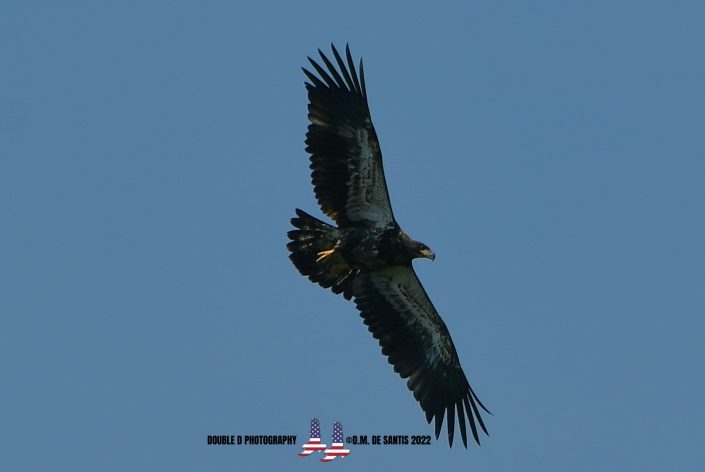
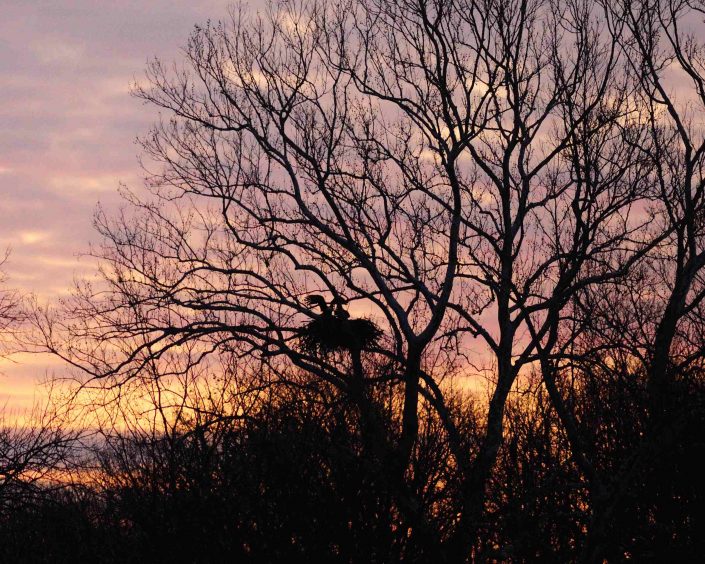
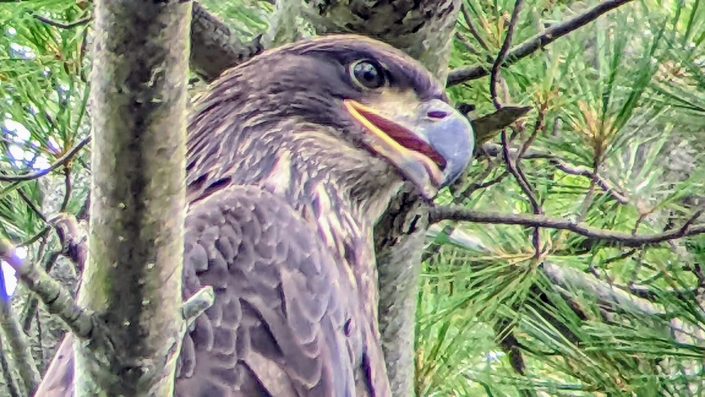

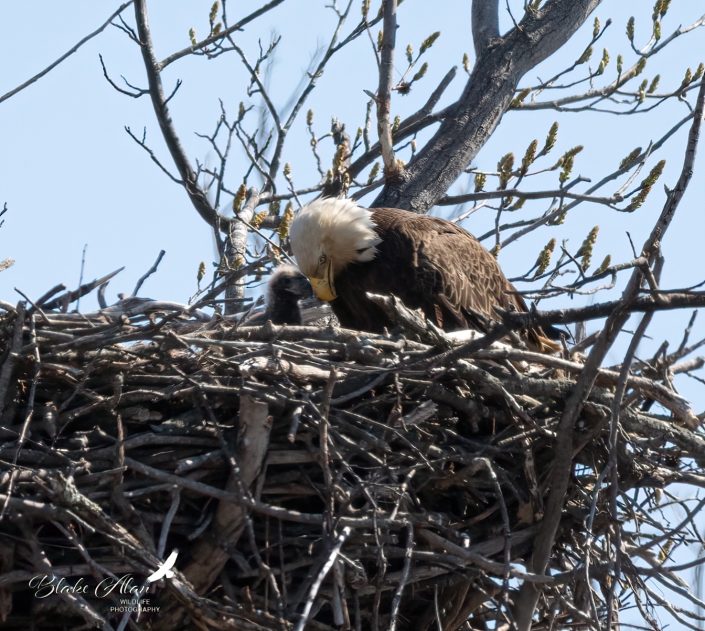
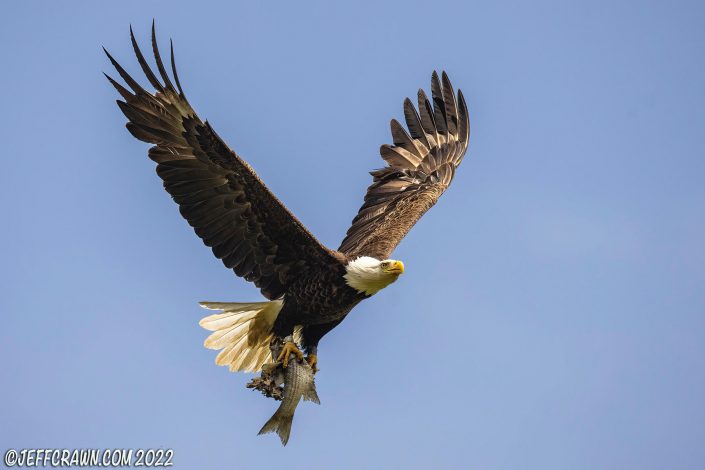
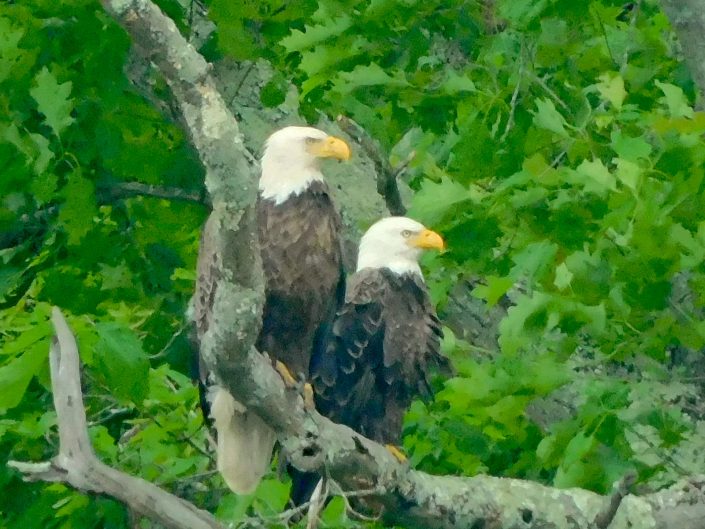


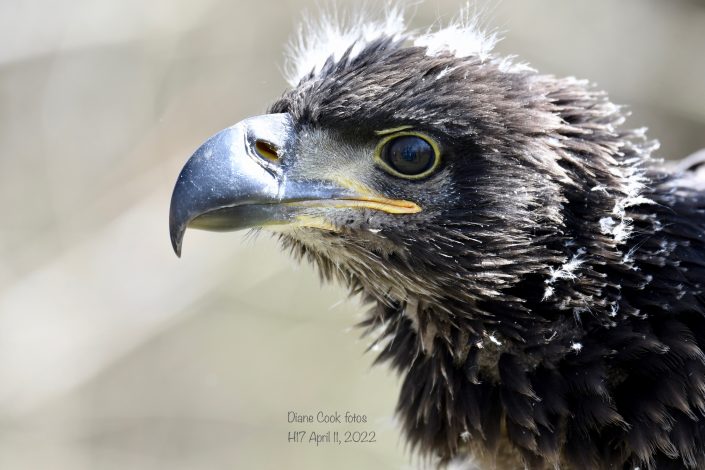

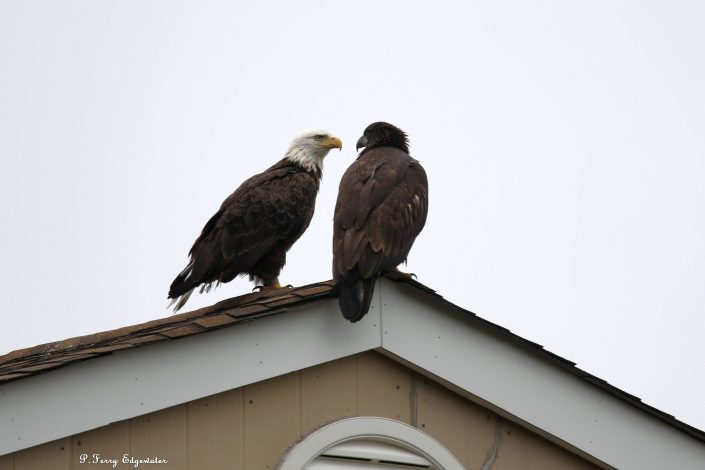

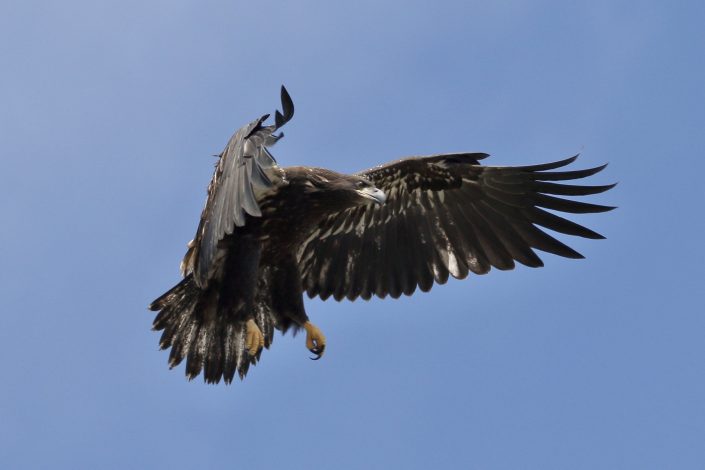
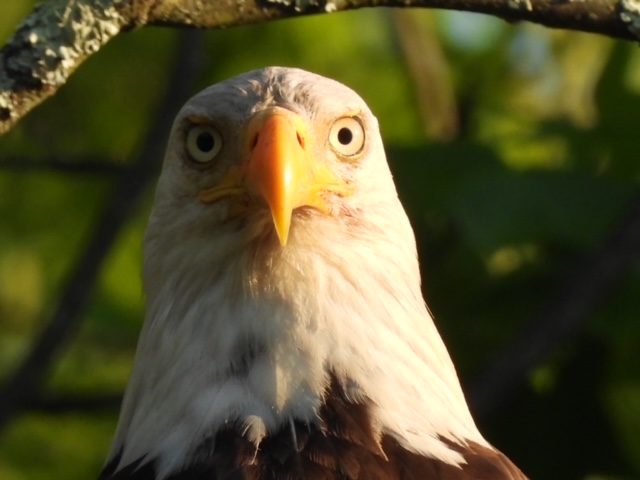
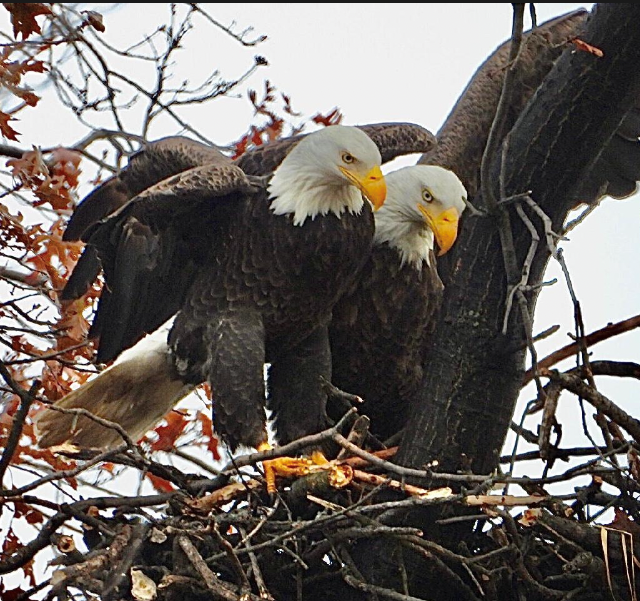
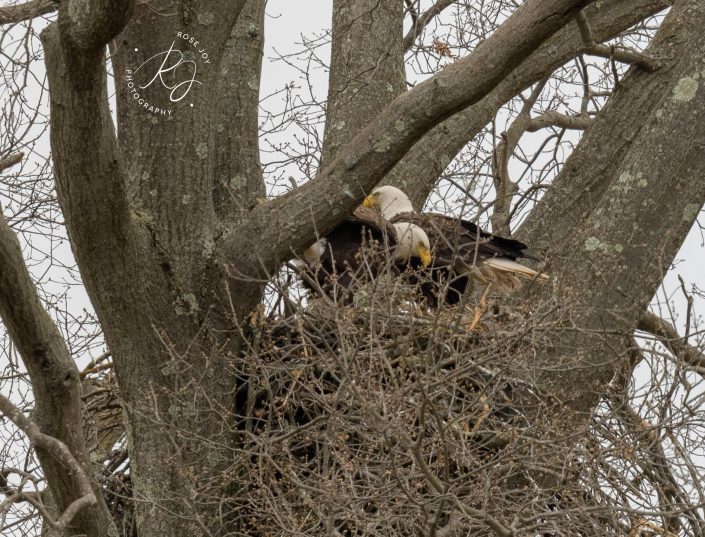
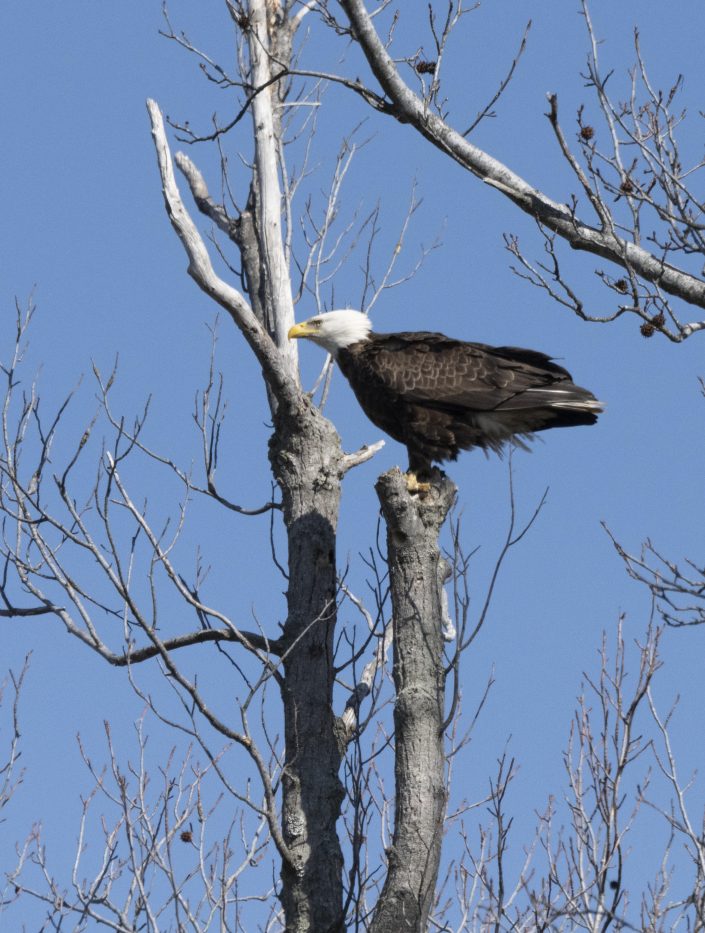
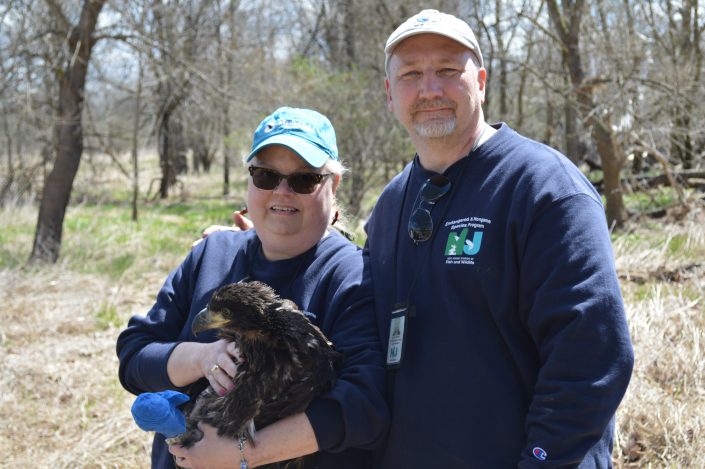

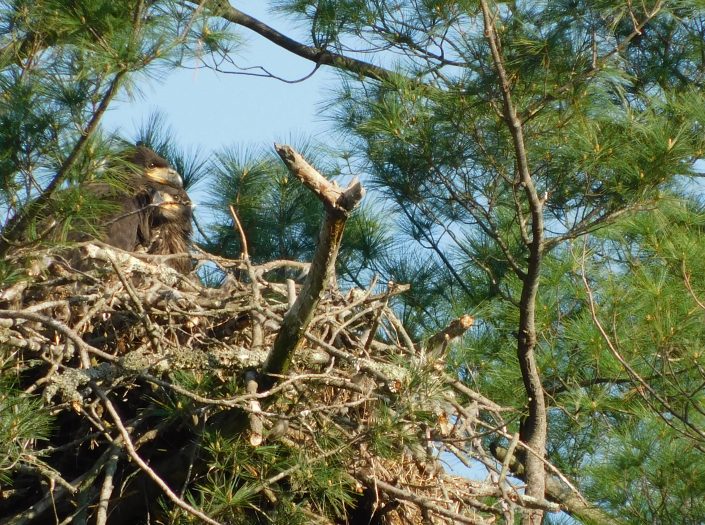


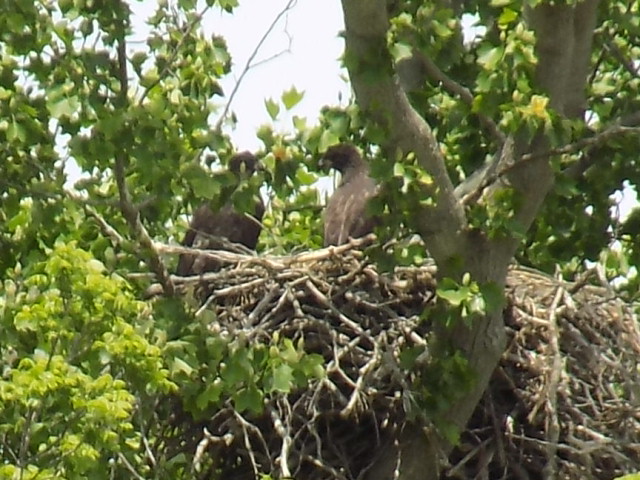

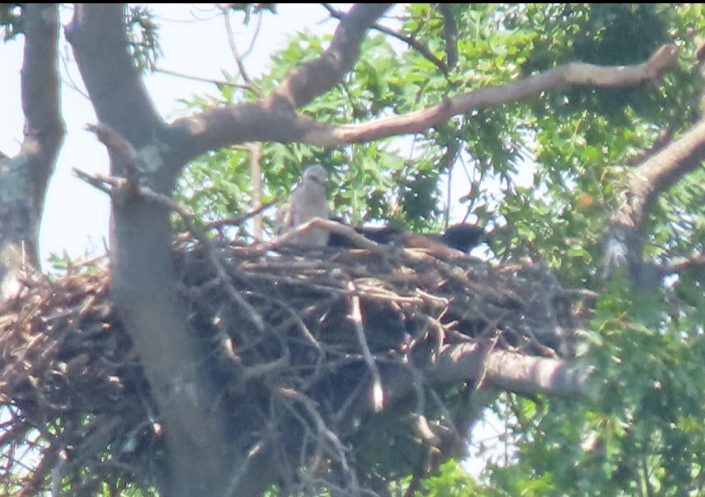

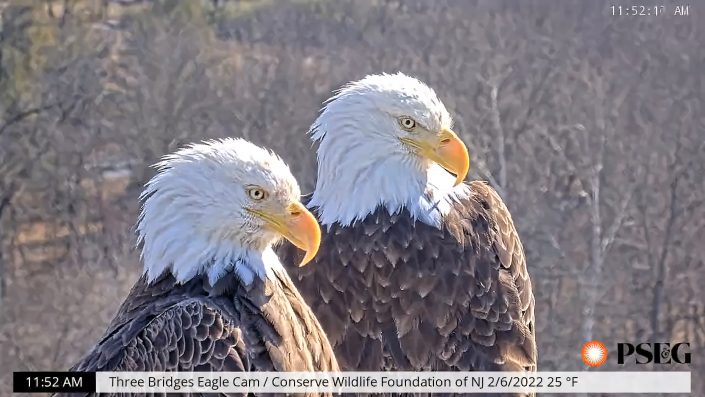
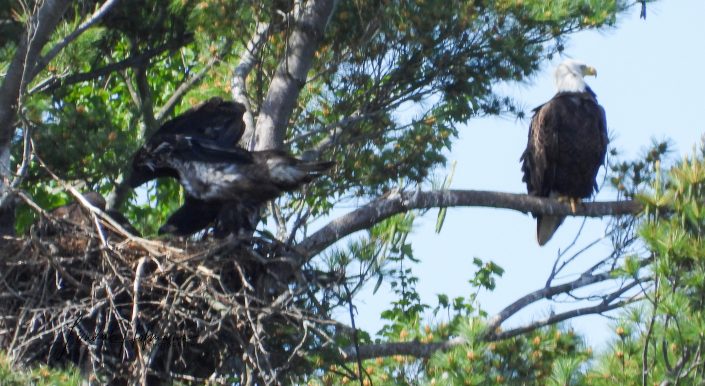
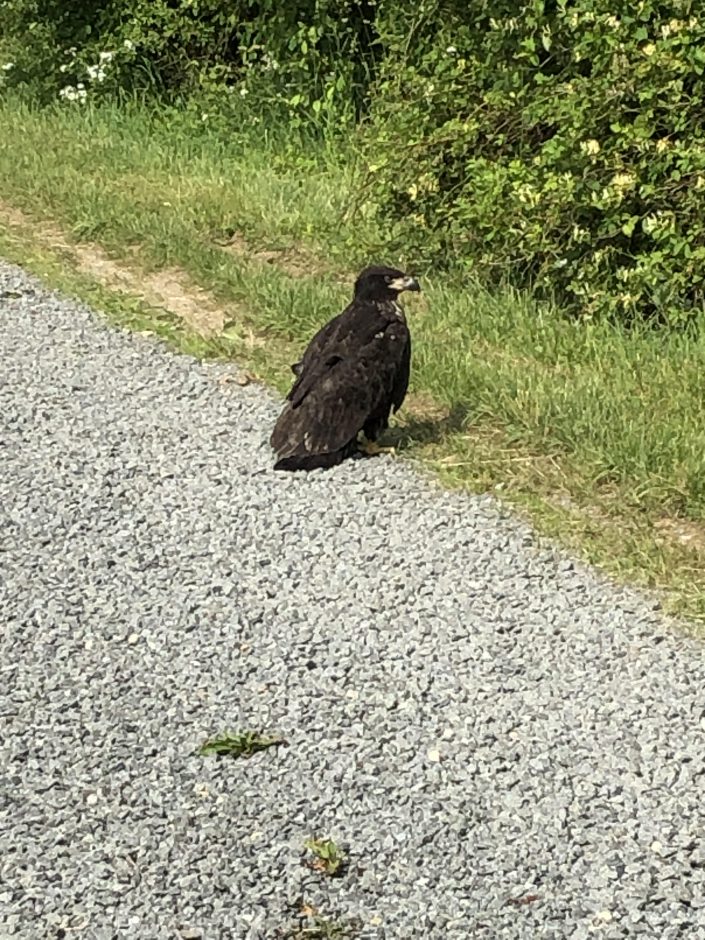


by Christine Healy
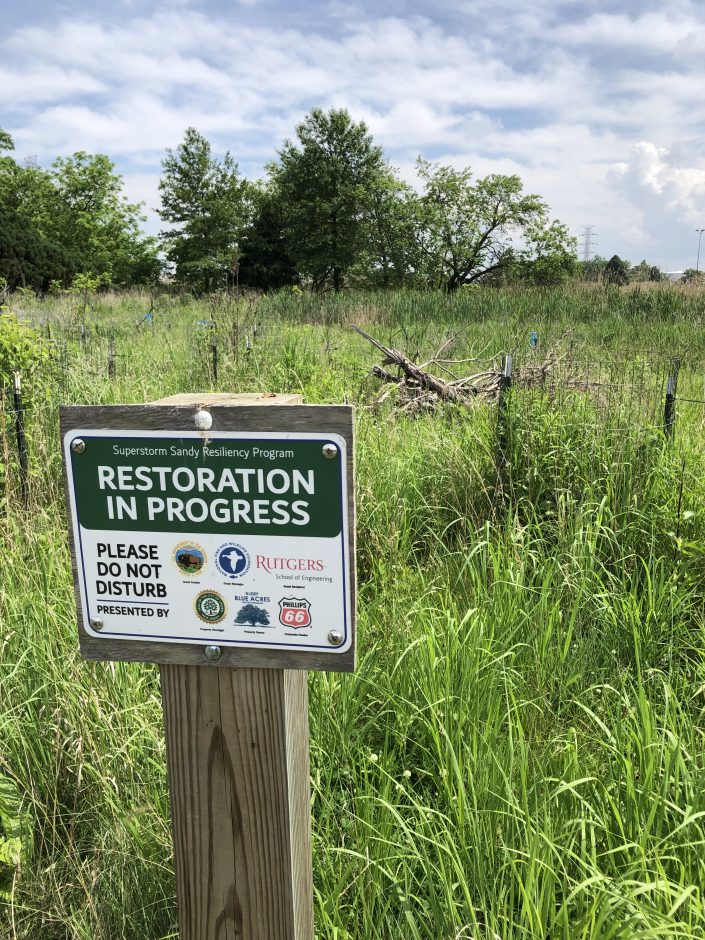
Hurricane Ida. Hurricane Irene. Superstorm Sandy. These weather events represent three of the four most devasting storms recorded in New Jersey history. Though data dates back 218 years, all 3 have occurred within the past 11, substantiating concerns over the effect of climate change on tropical cyclone severity. Therefore, taking measures to safeguard communities from devastating floodwaters is more important now than it ever has been. But who said helping people can’t, in turn, help wildlife?
Continue reading “Protecting Flood-Prone Communities Through Wetland Restoration”by Meaghan Lyon
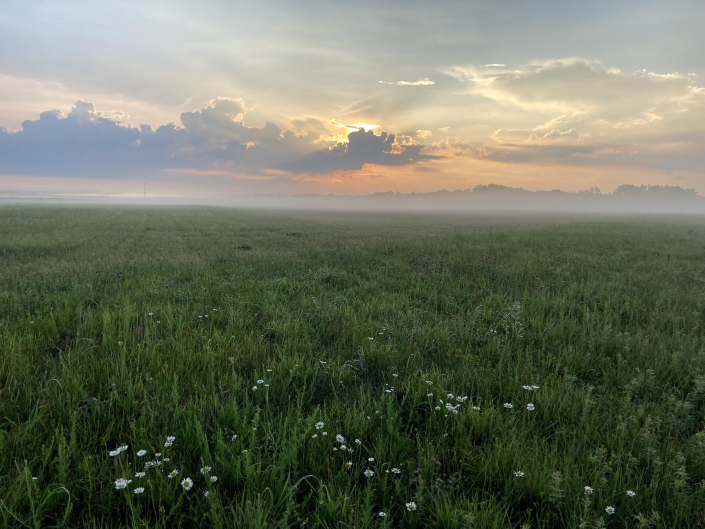
Earlier this week CWF and USFWS biologists joined forces to start off the season with a grassland bird survey in Burlington County, New Jersey. The vast grassland habitat, doubling as an airfield, is home to the state endangered upland sandpiper, state threatened grasshopper sparrow, savannah sparrow, and bobolink, as well as the eastern meadowlark, a species of concern. These bird species, among many others, can all be found nesting at this site in the clumps of grass during the months of May, June, and July. Many of the management practices at the airfield, like consistent mowing, help maintain this grassland habitat and keep it an early successional state for grassland birds to nest in year after year.
For the survey, biologist met on site just before sunrise with binoculars hanging from their necks and clipboards with data sheets in hand. Male birds were already perching on tall blades of grass and singing to attract mates and defend territory as we dispersed to our survey points. At each point it was our job to distinguish what bird song and calls we were hearing and record any focal species activity onto our data sheets.
Between the three surveyors and 25 survey points, all of the target species were identified as well as hundreds of red-winged black birds, two great egrets, and a few mallard ducks. Of particular note, one upland sandpiper pair was sighted in its usual nesting area.
Three more surveys will follow between now and the end of the grassland bird nesting season. Follow along for updates throughout the season!
by Meghan Kolk, Wildlife Biologist

Conserve Wildlife Foundation has successfully completed the restoration of the Certified Wildlife Habitat behind the Trailside Nature and Science Center at Watchung Reservation. The project was initiated last fall with a major clean up of the overgrown and neglected garden. The cleanup included pulling weeds, digging up unwanted and overgrown plants, trimming shrubs and trees, clearing vines from trees, and raking and blowing leaves. As a result, sunlight was let into the garden so that new wildlife-friendly plants could be added. After the cleanup, new native shrubs were planted that attract bees, butterflies, hummingbirds, and other birds. A new deer fence was also installed to protect the plantings from deer browse.
Continue reading “Restored Garden is Ready for Wildlife at Watchung Reservation”by Todd Pover
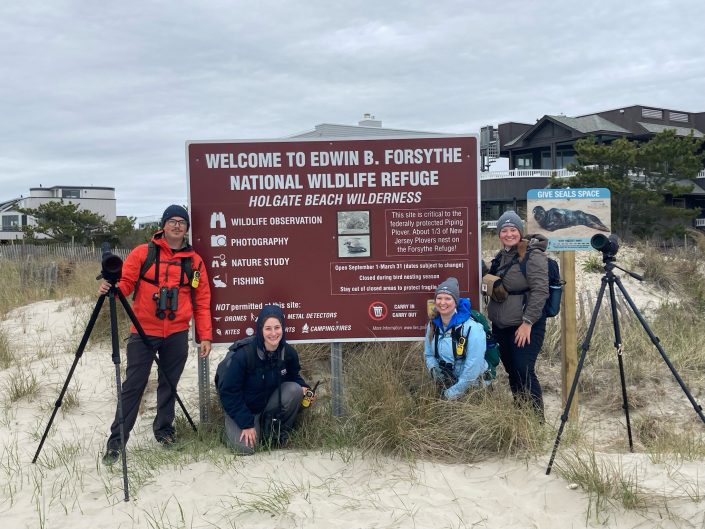
For the past eight years, CWF has been contracted by the U.S. Fish and Wildlife Service through a cooperative agreement to provide monitoring and management of beach nesting birds at the Edwin B. Forsythe National Wildlife Refuge. The Refuge nesting sites – both the Holgate and Little Beach Island Units – provide some of the only habitat in the state closed to the public and free of human disturbance and detrimental beach management practices. The habitat at the sites is especially suitable for the state endangered piping plover as a result of optimal nesting conditions created by Superstorm Sandy and largely sustained since then through winter storms. As of the 2021 season, the Refuge sites had the highest concentration of piping plovers in the state, with Holgate having by far the most pairs (46). Furthermore, on average in recent years, Holgate has produced a higher fledgling rate than many sites in the state.
Continue reading “Beach Nesting Bird Monitoring is Underway at the Edwin B. Forsythe National Wildlife Refuge”by Christine Healy, CWF Wildlife Biologist
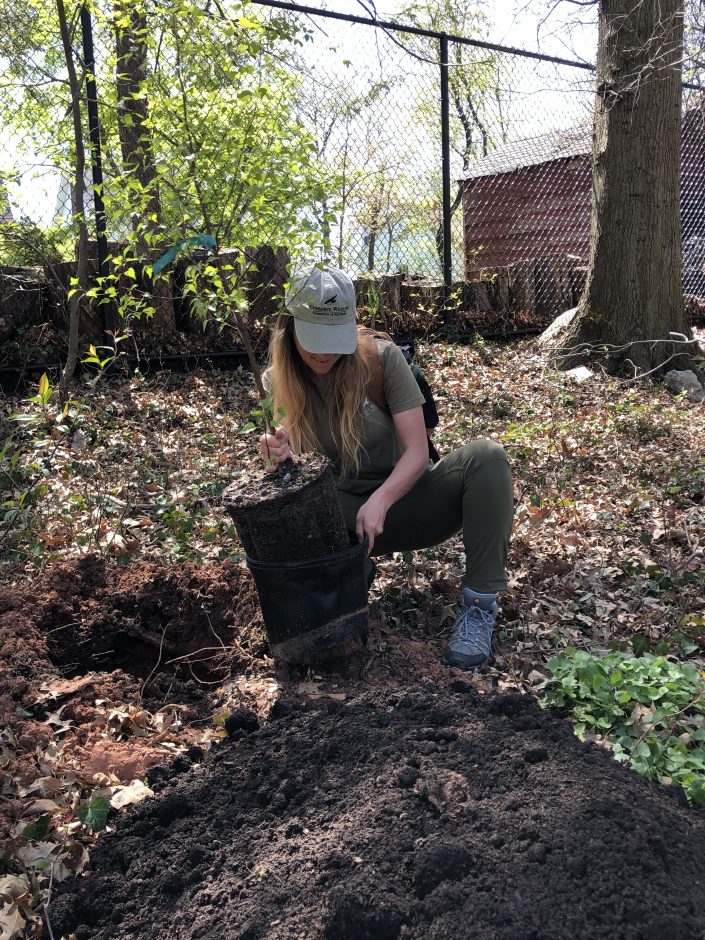
As the coordinator for CWF’s Amphibian Crossing Project, I think it’s safe to say I spend more time than the average person hoping for rain to pop up in springtime forecasts. April 22, however, is always an exception. What could be better than warm and sunny conditions to inspire folks to get outside and celebrate Earth Day by giving back to the planet that gives us, well, everything? Mother Nature certainly came through with the weather last week, handing us one of the most glorious days of the season thus far, while the Elizabeth Mayor Chris Bollwage, Union County Board of County Commissioners, Groundwork Elizabeth, and their partners offered a destination for all the aspiring wildlife warriors: Phil Rizzuto Park.